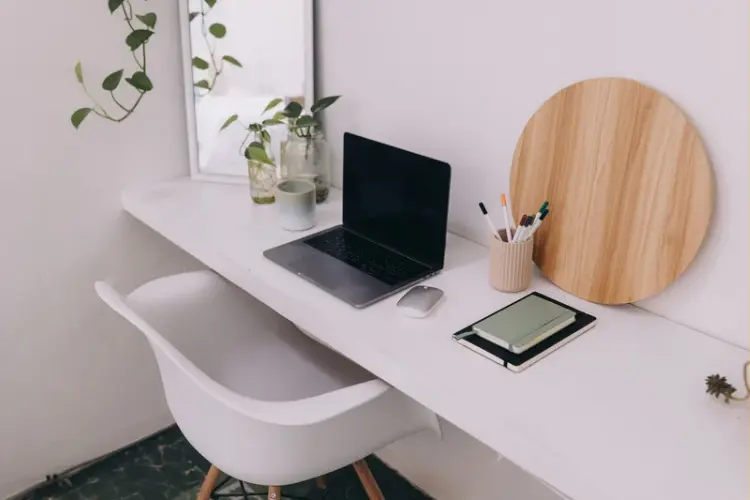Designing a Functional and Productive Home Office with Standard Human Dimensions
In recent years, the concept of remote work has transformed from a niche practice to a mainstream reality. The global shift towards flexible work arrangements has led many individuals to establish their home offices. However, merely setting up a desk and a computer is not enough to ensure optimal productivity and well-being.
To truly maximize home office productivity, it’s essential to consider the ergonomic aspects of your workspace. Incorporating standard human dimensions into your home office design can significantly impact your comfort, efficiency, and focus. In this blog post, we will explore the benefits of adopting human-centric dimensions and provide practical tips to create a functional and productive home office.
Why Human Dimensions Matter:
Human dimensions, also known as anthropometrics, focus on the study of human body measurements and proportions. Applying these measurements to design spaces and furniture helps create ergonomic environments that support the natural movements and postures of individuals.
In a home office context, standard human dimensions play a crucial role in reducing the risk of musculoskeletal disorders, eye strain, and other health-related issues. A well-designed workspace can also improve mood, motivation, and overall job satisfaction.

Home Office Productivity: Incorporating Standard Human Dimensions for a Functional Workspace
1. Ergonomic Desk and Chair:
Start by investing in an ergonomic desk and chair that cater to standard human dimensions. The height of the desk and chair should allow you to maintain a neutral posture, with your feet flat on the floor and your arms at a comfortable angle when typing. A chair with adjustable lumbar support and armrests can further enhance your seating experience.
2. Proper Monitor Placement:
Position your computer monitor at eye level, about an arm’s length away from your face. This setup reduces strain on your neck and eyes, minimizing the risk of developing computer vision syndrome. Consider using a monitor stand or adjustable arm to achieve the optimal height and angle.
3. Ideal Keyboard and Mouse Positioning:
Your keyboard and mouse should be at a height that keeps your wrists straight and parallel to the floor. Avoid bending your wrists upward while typing, as this can lead to discomfort and repetitive strain injuries. If needed, use a keyboard tray or an adjustable keyboard stand to achieve the correct position.
4. Lighting and Acoustics:
Good lighting is essential for a productive workspace. Position your desk near a window to make the most of natural light during the day. Supplement with task lighting to reduce eye strain during late hours. Additionally, consider acoustic treatments to minimize noise distractions and enhance focus.
5. Declutter and Organize:
Maintaining a clutter-free and organized workspace can significantly impact your efficiency. Invest in storage solutions such as shelves, cabinets, or organizers to keep your essentials within reach and your desk tidy.
6. Personalize and Inspire:
Decorate your home office with elements that inspire you and make you feel comfortable. Adding plants,
artwork, or personal mementos can create a pleasant and motivating atmosphere.
7. Regular Breaks and Movement:
Even with an optimally designed workspace, it’s crucial to take regular breaks and incorporate movement into your routine. Stand up, stretch, and walk around periodically to avoid prolonged sitting and refresh your mind.
By incorporating standard human dimensions into your home office setup, you create an environment that supports your well-being and enhances your productivity. Remember to listen to your body’s cues and make adjustments as needed to maintain a comfortable and ergonomic workspace.
Conclusion
In conclusion, designing a functional home office that aligns with standard human dimensions is key to maximizing productivity and promoting overall well-being. By following the tips provided in this blog post, you can create an ergonomic workspace that supports your work-from-home endeavors. Invest in the right furniture, optimize lighting and acoustics, declutter your space, and remember to take breaks. Your home office should be a place that inspires productivity and allows you to thrive in your professional pursuits.












